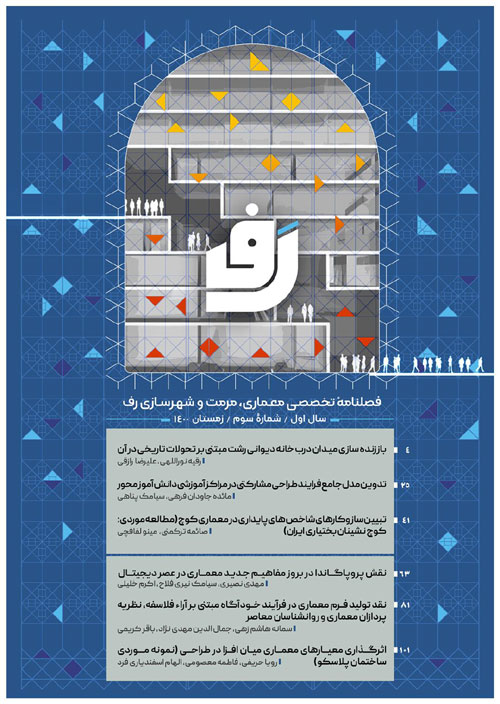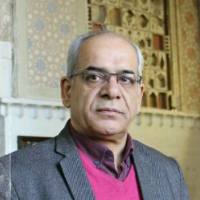Analysis of the Architectural Style of the Buildings of Vartan Havansian in Tehran from 1300-1339
The design of the facade in the building architectural design process has always been of fundamental importance. in this regard, the effect of western architecture on the thought of iranian architects and modern lifestyles, art deco, international style, streamline, etc. and the distinction of each of these styles in the design of the facades of architects It has a great effect like Vartan Hvansian. The most important purpose of this article is to analyze and evaluate the styles used in designing the facades of Vartan Havansian’s works. Assuming what features the style of view used in Vartan’s works has with the European style. this research has a comparative study with research questions ranging from: How can the facade design style be understood in the works of Vartan Havansian in Tehran? What are your stylistic features in European facade design with European styles? Says the answer. in this paper, we first analyze the Vartan Hvansian’s building facadees in terms of three historical periods then, the similarities of each work are studied and the results are compared with the european styles. According to the analysis of the works of Vartan Hovannisian, the styles used in the facade can be historically divided into four categories: neoclassical, Art Nouveau, Art Deco and Modern.It can be said that the Hwansian buildings were influenced by modern pre-World War II architecture, Art Nouveau, Bauhaus views, and the works of Adolf Luce and Le Corbusier. He was opposed to eclecticism and imitation of traditional Iranian architectural forms. Nevertheless, he paid close attention to social customs and tried to respond to them in modern buildings. With the arrival of neo-classical, Art Nouveau, Art Deco, and modern architectural elements in Iran, extensive changes can be observed in the design style of the facades of Vartan’s works in these three periods. Its roots go back to the late Qajar period. with the analysis and evaluation of his works, we will conclude that in most of his works in the three historical periods of indices of symmetry , full and empty, round corners , ornamentation emerge in the windows and balconies, It can be said: In the first period (1319-1300) more modern style has been used in designing facades. that in the second period ( 1320 - 1329 ) the design style is more decorated with no symmetry , compared to the art deco style and art deco style .In the third period (1330-1339), the facade design style of decorations is less and asymmetrical than the first and second periods, and both Art Deco and modern styles have been used. But in the third period, with projecting balconies protruding from the facade and decorations of windows indicating the style of Art Deco in terms of material and non - symmetry, it is partly an indicator of the modern style due to the fading of the decorations .each of these features is related to different styles in his works .
- حق عضویت دریافتی صرف حمایت از نشریات عضو و نگهداری، تکمیل و توسعه مگیران میشود.
- پرداخت حق اشتراک و دانلود مقالات اجازه بازنشر آن در سایر رسانههای چاپی و دیجیتال را به کاربر نمیدهد.




